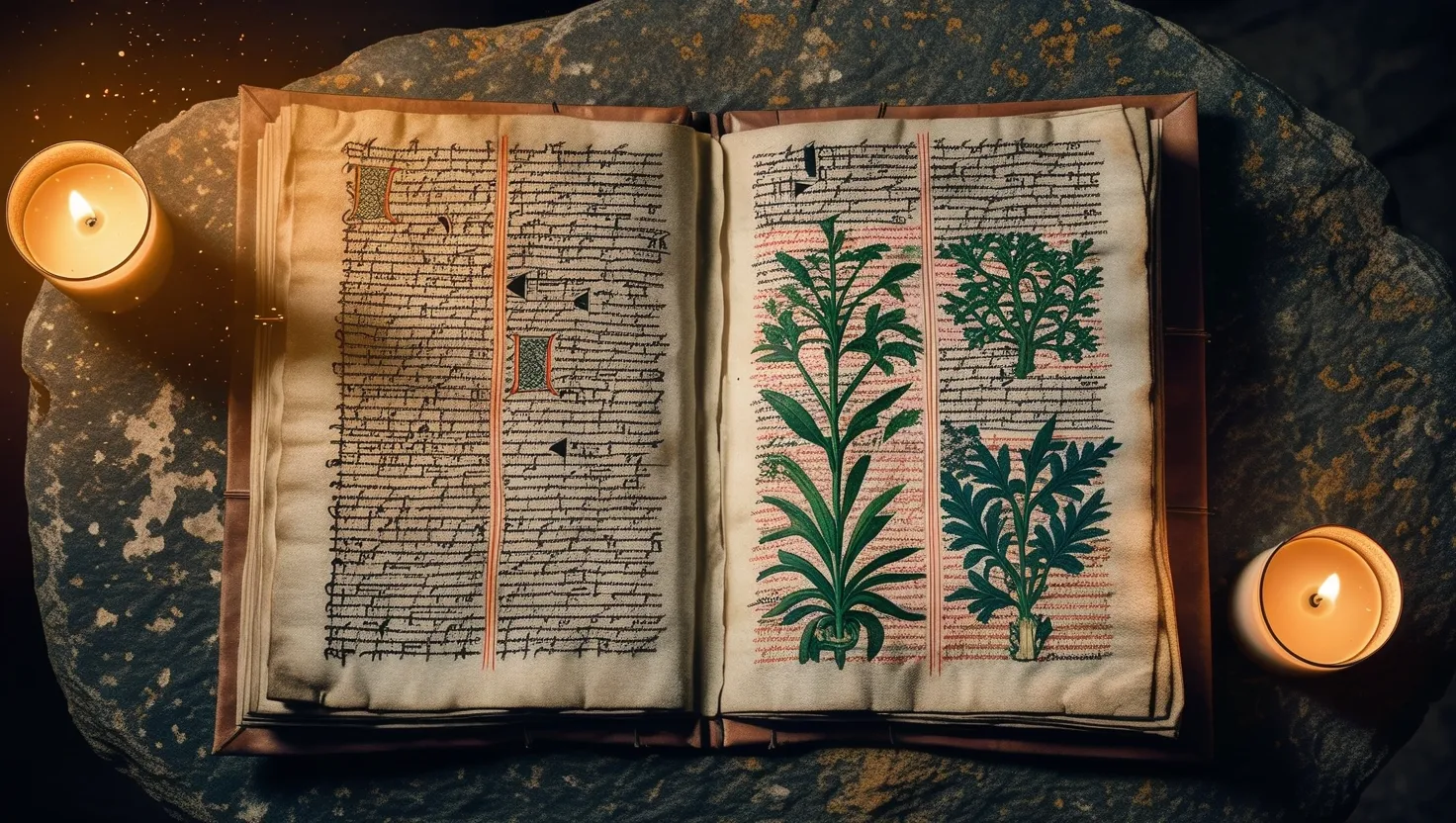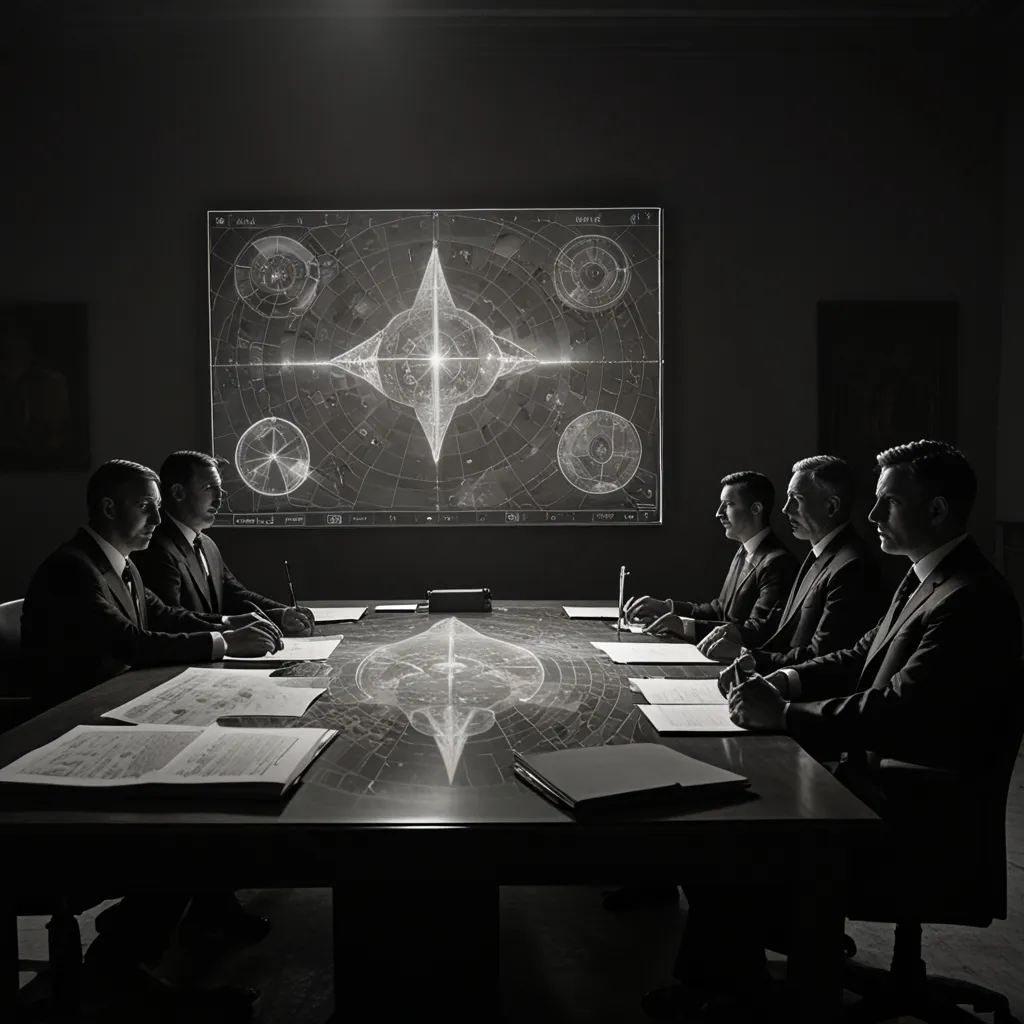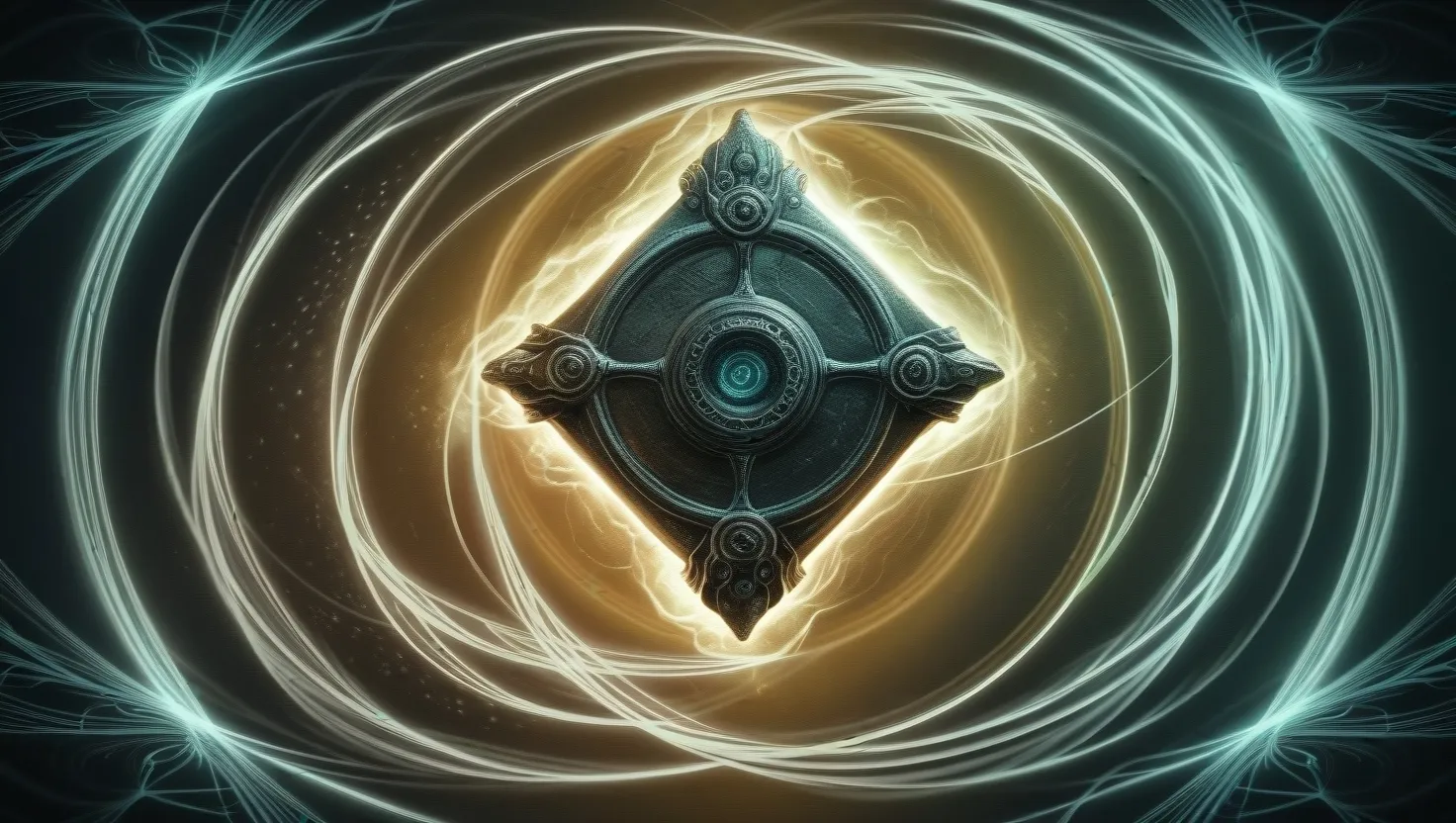You pick up a book. Its pages are stained, symbols twisting down lines like some secret river, and even the world’s top experts throw up their hands. What do you do when the words themselves seem designed to resist you? This is exactly the feeling I get every time I read about the world’s most perplexing religious manuscripts—those curious documents that seem to want to be read, but never fully decoded. Let’s step into the obscure libraries, locked vaults, and forgotten caves to meet five such manuscripts, relics that still challenge what we think we know about faith and history.
What drives a person to spend their whole life trying to read a book they might never understand? I often wonder about Wilfrid Voynich, who in 1912 bought a chest in Italy and discovered what would become his namesake: the Voynich Manuscript. No one has ever deciphered it. What’s inside? Hundreds of pages filled with indecipherable script, detailed drawings of plants unknown to any botanist, astrological symbols, and nude figures—or perhaps spirits—floating through sci-fi landscapes. Linguists, cryptographers—including WWII codebreakers—and artificial intelligence researchers have all pored over it, but the script remains silent. Some have called it an elaborate hoax, yet its internal consistency, both in language patterns and visual logic, suggests it is more than a prank. At every turn, the manuscript seems to pose questions: Is this a work of genius, a prayer walk through a spiritual world, or a private cipher never meant for outside eyes? Perhaps it reminds us that mystery, in itself, can be a form of revelation.
“The possession of knowledge does not kill the sense of wonder and mystery. There is always more mystery.”
— Anaïs Nin
Another day, another bombshell: imagine a centuries-old manuscript quietly resting on a shelf, holding a secret text hidden beneath visible writing. That’s the story of the Codex Zacynthius. Beneath a medieval layer of Christian gospel, scholars using multispectral imaging found an even older script, erased and overwritten like an ancient palimpsest. It’s as if someone tried desperately to cover up a version of the gospel that didn’t fit the standard story. What was so dangerous, or so transient, about the hyper-detailed commentaries and alternative teachings beneath? Every time new lines are revealed, we get a fresh angle on how people once understood the teachings of Jesus. It forces us to ask: Does the official version of a holy text ever capture the whole picture, or does the truth live in the margins—sometimes literally?
Minutes of stunned silence greet me every time I hear about the Gospel of Judas. Here’s a text that flips the script entirely on one of the most reviled men in Christian history. For centuries, Judas Iscariot was the traitor, the ultimate villain in the Christian drama. Yet, in this fragile, 3rd-century Coptic codex discovered in the Egyptian desert, Judas is cast in a very different role: not a betrayer, but the only disciple who truly understands Jesus’ teaching, chosen to “hand over” Christ so that his spirit could be set free. I find it stunning that a document—lost, mummified with dirt and time, and then pieced back together in fragments—could survive to give us such a heretical, even compassionate, view of one of the Bible’s central figures. What would history look like if texts like these weren’t buried or condemned? How many voices did we lose to fire, censorship, and decay?
“History is written by the victors.”
— Winston S. Churchill
Time to step into the wild mythos of the Mayan world. The Grolier Codex is not just a rare pre-Columbian book, but for decades, everyone thought it was fake. Discovered by looters in a Mexican cave, handled by collectors and doubters alike, it spent almost half a century in scholarly limbo. The pages show calendrical cycles, Venus as a god of war and rebirth, and fierce Mayan deities wearing feathered masks. Only when radiocarbon dating and chemical analysis proved its authenticity did historians sit up straight. I’m fascinated by the fact that the inks and pigments used in this codex included materials—like Maya blue made from indigo and clay—that only modern science has been able to reverse-engineer. The codex not only holds cosmic wisdom about Mayan religion and astronomy but demonstrates how much knowledge may be sitting in plain sight, ignored simply because we can’t believe it’s real. What else lies out there, dismissed by assumption, waiting to alter our sense of the past?
I always thought the occult existed somewhere at the margins of respectable faith, until I read about the Book of Soyga. Owned by John Dee, an advisor to Queen Elizabeth I and a man obsessed with both science and sorcery, the Soyga manuscript is partly written in clear Latin, but then ends with long tables of letters arranged in mysterious grids. Dee, a master cryptanalyst, couldn’t crack the code. He turned to a medium, who claimed that only the Angel Michael could interpret these final tables—and that whoever deciphered them would die soon after. The book vanished after Dee’s death, only to resurface in British and Oxford libraries four centuries later. Scholars still puzzle over these grids, unsure if they hide practical knowledge or mere wordplay. Is this a mystical mechanism, meant for channeling angels? Or a riddle with no answer, designed to prove the limits of human understanding?
“Not all those who wander are lost.”
— J.R.R. Tolkien
I find myself returning to the questions these texts pose, questions we seldom ask aloud. What if some knowledge is meant to be inaccessible? What if the greatest wisdom comes concealed in forms we’re not yet able to understand? Each of these manuscripts offers a glimpse into a tangled web of spiritual pursuit and human creativity. Their mysteries aren’t just about religious secrets—they’re about the power struggle over who owns the narrative, the authority to decide whose stories and revelations are remembered and whose are erased.
How does it feel to know there may always be books you can never read, voices you’ll never fully hear? Does the act of searching bring us closer to truth, or just show us how much we don’t know?
Every attempt to make sense of these lost texts seems to circle back to a sense of humility. There’s something exhilarating about that. In an age where information is everywhere and answers are just a click away, these manuscripts stubbornly hold onto their silence, inviting us to question, prod, imagine. They remind us that faith is, at its heart, a dialogue with the unknown—and sometimes, the page that can’t be read is the one that speaks the loudest.






